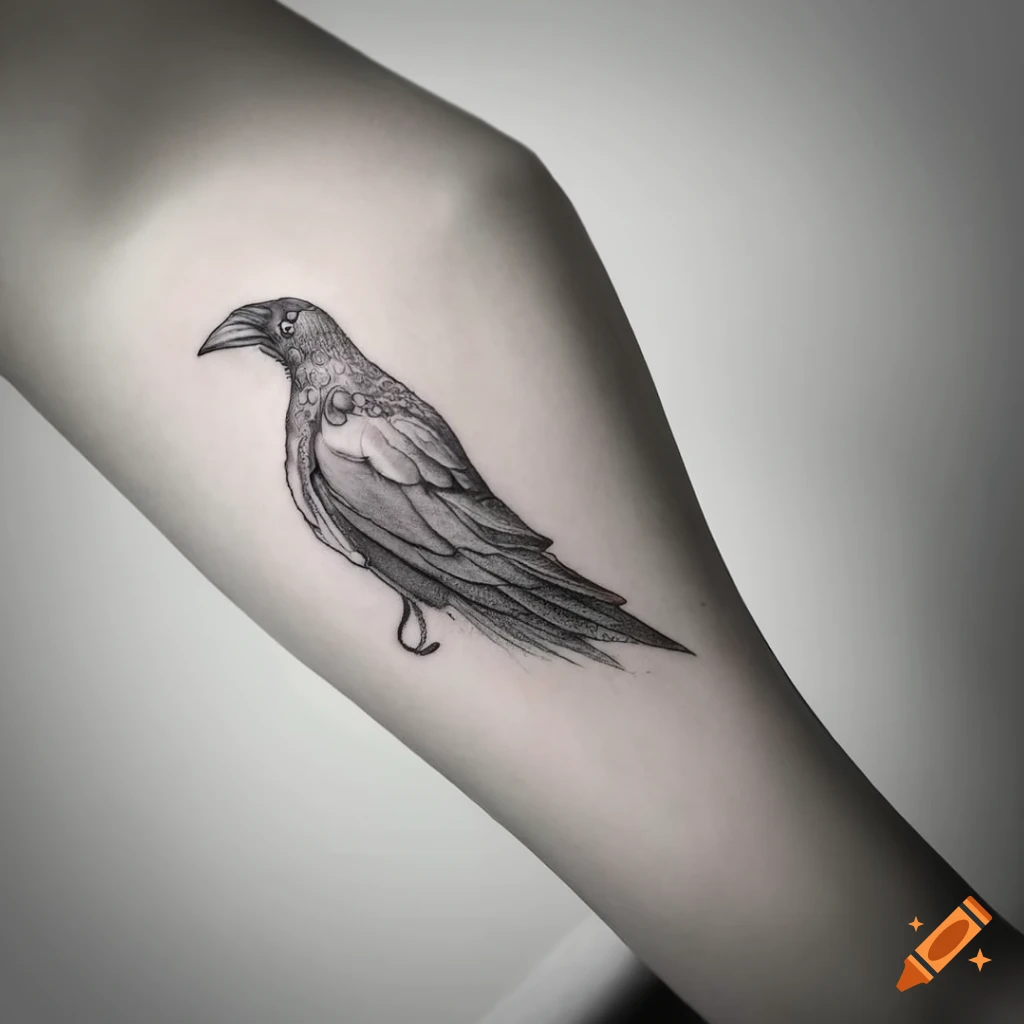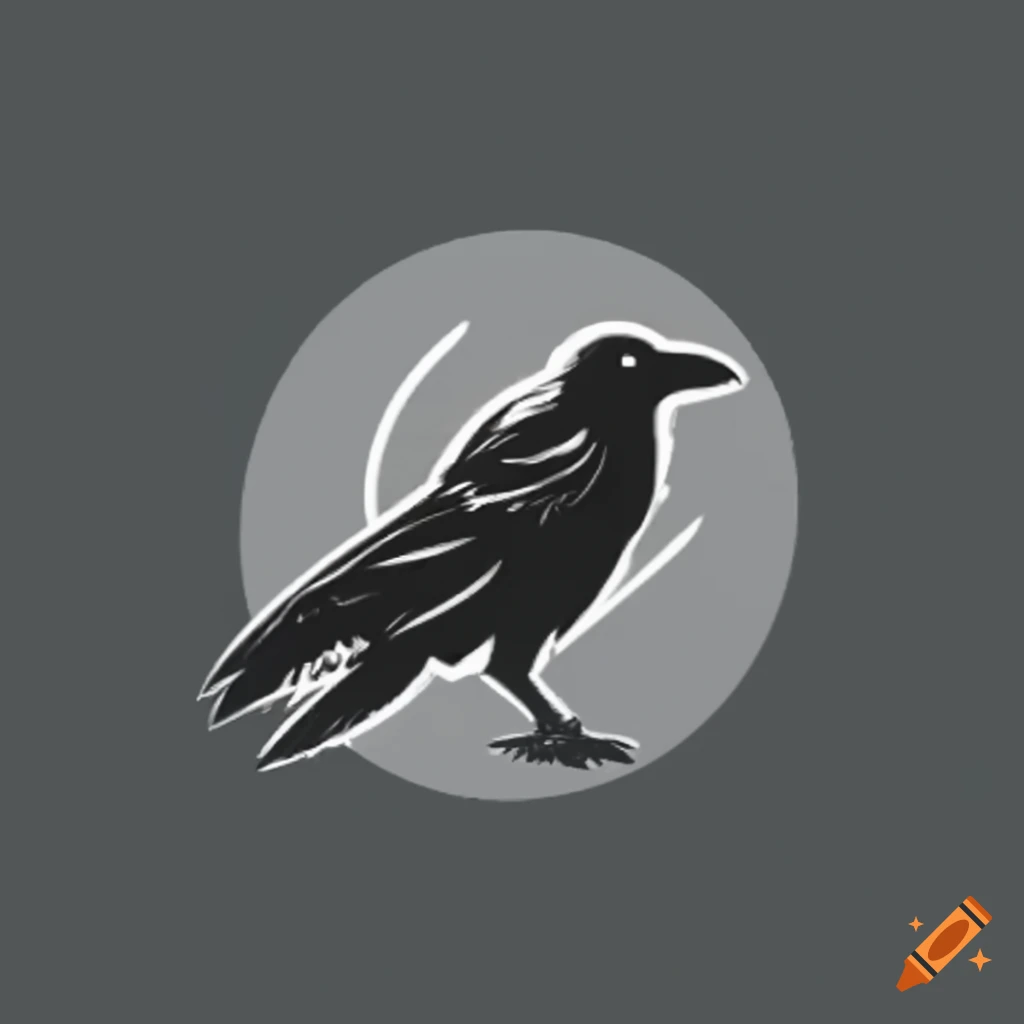Journey to the East: The Captivating Corvus Torquatus – Collared Crow
December 30, 2023 | by BlackCrow.com

Meet the Collared Crow
Introduction to the Collared Crow
The Collared Crow, scientifically known as Corvus torquatus, is a fascinating bird species found in Eastern China and extending south into Vietnam. Known for its distinctive appearance and behaviors, the Collared Crow captivates bird enthusiasts and nature lovers alike.
Appearance and Physical Features
The Collared Crow is a medium-sized member of the crow family, with an average length of about 45 centimeters (18 inches). It displays a striking contrast of black feathers with a distinct white collar around its neck, which gives it its common name. The white collar is particularly noticeable when the bird is in flight.
Here are some key physical features of the Collared Crow:
- Plumage: The Collared Crow is primarily black, with a glossy appearance. Its feathers are smooth and sleek, giving it a polished look. The white collar stands out prominently against the black plumage.
- Beak: The beak of the Collared Crow is strong and slightly curved, enabling it to easily forage for food. The beak’s coloration is black.
- Eyes: The eyes of the Collared Crow are dark and intelligent, reflecting its keen perception and adaptability.
- Legs and Feet: The legs of the Collared Crow are black and well-adapted for perching and walking. Its feet are equipped with sharp claws that aid in gripping branches and other surfaces.
- Size: Compared to other crow species, the Collared Crow is relatively smaller in size, but still larger than many other bird species.
The Collared Crow’s unique physical features make it easily distinguishable from other crow species, such as the Pied Crow or the Hooded Crow. Its striking appearance combined with its engaging black crow behaviors make it a captivating bird to observe.
Stay tuned as we delve deeper into the habitat, behavior, and conservation status of the remarkable Collared Crow.
Habitat and Distribution
The Collared Crow, scientifically known as Corvus torquatus, is primarily found in eastern China, with its range extending south into Vietnam. Let’s explore the native range of the Collared Crow and the preferred habitats where it thrives.
Native Range of the Collared Crow
The Collared Crow is native to eastern China, specifically in regions such as Zhejiang, Anhui, Fujian, and Jiangxi provinces. It is also found in parts of southern China, including Guangdong and Guangxi provinces. In addition to China, the Collared Crow’s range extends into northern Vietnam.
Preferred Habitats
The Collared Crow is adaptable and can thrive in various habitats within its native range. It is commonly found in agricultural areas, including farmlands, rice paddies, and orchards. These habitats provide ample food sources for the crows, such as insects, small mammals, and grains.
Additionally, the Collared Crow is also known to inhabit urban and suburban areas, including city parks, gardens, and residential neighborhoods. The availability of food and nesting sites in these areas makes them attractive to these intelligent birds.
While the Collared Crow is adaptable to different environments, it generally prefers habitats with a mix of open spaces, trees, and water sources. These diverse habitats offer the crows a variety of food options and nesting opportunities.
Understanding the native range and preferred habitats of the Collared Crow helps to appreciate its adaptability and the diverse ecosystems it inhabits. Whether in rural farmlands or urban settings, these captivating birds continue to thrive in their natural environment.
Behavior and Social Structure
Understanding the behavior and social structure of the collared crow provides valuable insights into the daily lives of these fascinating birds.
Feeding Habits
Collared crows are opportunistic feeders, meaning they have a diverse diet that includes both plant and animal matter. They are known to scavenge for food, eating various types of insects, small mammals, fruits, seeds, and carrion. Their ability to adapt their diet to the available resources in their environment contributes to their survival and success.
| Food Type | Examples |
|---|---|
| Insects | Beetles, grasshoppers, caterpillars |
| Small Mammals | Mice, shrews |
| Fruits | Berries, figs |
| Seeds | Grains, nuts |
| Carrion | Decaying animal carcasses |
Communication and Vocalizations
Collared crows have a diverse range of vocalizations that they use for communication within their social groups. These vocalizations include a variety of calls, caws, and squawks. They use different vocal signals to communicate various messages, such as warning calls to alert other crows of potential threats or calls to establish territories and maintain social cohesion within their groups.
Breeding and Nesting
Collared crows are monogamous and form long-term pair bonds. During the breeding season, which typically occurs in the spring, the pairs engage in elaborate courtship displays. These displays involve aerial acrobatics, mutual preening, and vocalizations. Once the pair has bonded, they build a nest together, usually in tall trees or on cliffs.
The nest is made of twigs and branches and is lined with softer materials such as grass, moss, and feathers. The female lays a clutch of 3-5 eggs, which both parents take turns incubating for about 18-20 days. After hatching, the parents diligently care for and feed the chicks until they fledge, which takes approximately 30-35 days.
The behavior and social structure of collared crows have been shaped by their evolutionary history and the unique ecological conditions of their habitats. By better understanding their feeding habits, communication methods, and breeding patterns, we can appreciate the intricate lives of these remarkable birds.
Conservation Status
As we explore the captivating world of the Corvus Torquatus, also known as the Collared Crow, it is important to consider the conservation status of this remarkable bird species. Understanding the population trends, threats it faces, and conservation efforts in place can help us appreciate the need to protect and preserve these fascinating creatures.
Population Trends
The population trends of the Collared Crow indicate a decline in numbers over the years. The species is currently classified as “Near Threatened” by the International Union for Conservation of Nature (IUCN). This designation highlights the need for conservation attention to prevent further population decline and potential black crow endangerment.
Threats to the Collared Crow
Several factors contribute to the threats faced by the Collared Crow. Habitat loss and degradation due to urbanization, deforestation, and agricultural expansion pose significant challenges to their survival. These activities result in the destruction of nesting sites and reduced availability of food sources, impacting the overall population.
Additionally, pollution, including water pollution and chemical use in agriculture, can have detrimental effects on the Collared Crow and its habitat. These factors, coupled with the potential competition for resources with other bird species, further compound the threats faced by the Collared Crow population.
Conservation Efforts
To address the decline in Collared Crow populations, various conservation efforts are underway. These initiatives primarily focus on habitat preservation, raising awareness, and promoting sustainable practices. Here are a few examples of conservation efforts:
- Protected Areas: Establishing and maintaining protected areas within the native range of the Collared Crow helps conserve their natural habitat. These areas provide critical breeding grounds and safe havens for the species.
- Habitat Restoration: Efforts to restore and rehabilitate degraded habitats aim to increase the availability of suitable nesting sites and food sources for the Collared Crows. This involves reforestation, creating buffer zones, and implementing sustainable land management practices.
- Education and Awareness: Educating local communities, stakeholders, and the general public about the importance of conserving the Collared Crow and its habitat plays a crucial role in fostering support for conservation efforts. Promoting responsible practices and raising awareness about the ecological significance of these birds can contribute to their protection.
- Research and Monitoring: Conducting scientific research and monitoring programs help gather essential data on the population trends, behavior, and ecological requirements of the Collared Crow. This information forms the basis for conservation strategies and adaptive management approaches.
Collaboration between governmental and non-governmental organizations, researchers, and local communities is vital for the success of conservation efforts. By working together, we can ensure the preservation of the Collared Crow and its unique place in the natural world.
As we continue our journey into the captivating world of the Collared Crow, let us appreciate the importance of conservation and the role we can play in safeguarding these remarkable birds for future generations.
Fun Facts about the Collared Crow
As we continue our journey into the captivating world of the collared crow, let’s explore some interesting and fun facts about this remarkable black crow bird.
Cultural Significance
The collared crow holds cultural significance in the regions where it is found, particularly in Eastern China and Vietnam. In Chinese folklore, the crow is often associated with wisdom, intelligence, and good fortune. The collared crow’s presence in local culture showcases the deep connection between nature and human society.
Unique Adaptations and Behaviors
The collared crow exhibits several unique adaptations and behaviors that contribute to its survival and success in its habitat. One notable adaptation is its diet. While the collared crow is primarily omnivorous, it has been observed to show a preference for feeding on carrion, insects, small vertebrates, and even agricultural crops. This adaptability allows it to thrive in diverse environments, ranging from forests to farmlands.
Another fascinating behavior of the collared crow is its ability to use tools. It has been observed using sticks or wires to extract insects from tree bark or to probe the ground for food. This tool usage showcases the bird’s problem-solving skills and intelligence.
Interesting Observations and Anecdotes
Researchers and bird enthusiasts have made intriguing observations and anecdotes about the collared crow. For example, it has been noted that collared crows often engage in communal roosting, where large numbers of birds gather together at night to rest. These communal roosts can consist of hundreds or even thousands of individuals, creating an awe-inspiring spectacle in the sky.
Additionally, the collared crow is known for its vocalizations. Its calls range from loud, raucous caws to softer, more melodious notes. These vocalizations play a vital role in communication within the crow’s social structure, allowing individuals to establish territory boundaries, signal danger, or communicate with their mates.
These fun facts provide a glimpse into the captivating world of the collared crow, highlighting its cultural significance, unique adaptations, and intriguing behaviors. By exploring these aspects, we gain a deeper appreciation for the beauty and complexity of this remarkable bird.
RELATED POSTS
View all


